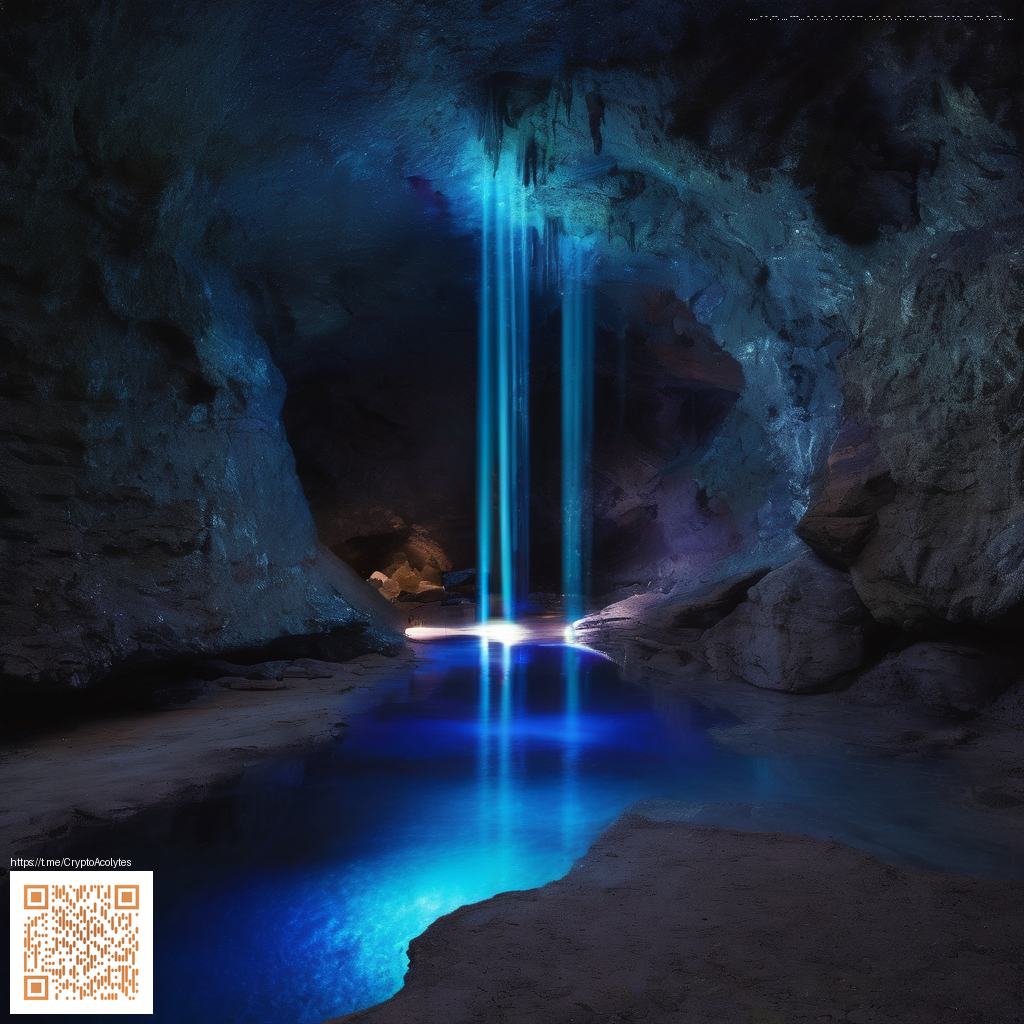
How Modding Keeps a Legendary Adventure Thriving Across Years
Dark Souls III has always thrived on the tightrope between brutal challenge and community creativity. While FromSoftware delivered a tightly wound, meticulously crafted world, its PC community injected a second wind through mods that stretched the game's lifespan far beyond the original campaign. What began as curiosity soon became a culture: texture packs that alter lighting and atmosphere, gameplay tweaks that alter balance in cheeky or thoughtful ways, and QoL improvements that smooth rough edges without dulling the series’ signature tension. The result is a living, breathing community that keeps revisiting the same halls with fresh eyes and fresh tricks 🎮🔥.
Community as the lifeblood of the modding scene
Modding in Dark Souls III didn’t emerge from a single spark; it grew from a chorus of voices in forums, video essays, and quick Twitch clips showing off what changes feel right in the flow of a run. NexusMods became a central hub for PC players to discover, rate, and iterate on experimental tweaks. Creators demonstrated a knack for balancing novelty with respect for the core challenge, proving that mods could coexist with crafted level design rather than merely hack away at it. You’ll often see communities rally around a few standout projects, then branch out into smaller subcultures—cosmetic overhauls for those who crave a different glare in the bonfire glow, or gameplay mods that tweak stamina usage, invincibility windows, or boss behavior. The result is a vibrant ecosystem where a new player can feel at home alongside long-time veterans.
Categories that extended the game’s life
- Visual and texture overhauls to push lighting, color grading, and asset fidelity beyond the vanilla experience. These mods frequently become a fan-made lens, letting players relive the game with a fresh mood—eerie fog, sun-dappled ruins, or moody violet skies.
- Gameplay and balance experiments that rewire the sandbox for different tastes. From altered enemy stats to alternative combat pacing, these tweaks invite players to approach familiar bosses with new strategies—and new surprises.
- Quality of life and accessibility improvements that reduce tedium while preserving challenge. Accessibility options, UI tweaks, and loadout conveniences help more players enjoy the world without diluting its core difficulty.
- Boss and enemy behavior mods that reframe encounters or remix boss patterns. For some players, this is the jolt needed to revisit a favorite fight with a new strategy; for others, it’s a chance to tackle the game with entirely fresh rhythms.
- Cosmetic and cosmetics-driven content that let fans tailor their avatars and armors, amplifying immersion without altering the fundamental game loop.
Official updates and the two DLCs that shaped modding
Official content patches and downloadable expansions provided new material that the modding scene eagerly embraced. The Ringed City and Ashes of Ariandel introduced new areas, weapons, and enemy kits that offered fresh sandbox opportunities for creators. These additions fueled new waves of texture packs, weapon retextures, and balance experiments, giving players more reasons to dive back into the trenches and test how the community’s tweaks interact with official content. While the developers did not ship a formal modding toolkit, the enduring PC ecosystem learned to work with the game’s assets in clever ways, keeping the world alive long after its initial credits rolled.
Community voices and a developer stance worth noting
The broader community has consistently underscored one truth: modding extended the game’s life by inviting experimentation without destroying the core identity of the work. Players share gameplay videos, run collaborative mod spotlights, and publish guides detailing how to install, update, and troubleshoot changes with minimal risk. On the developer side, the stance has remained pragmatic: mods are not officially supported as part of the product, but the community’s enthusiasm has proven resilient. This balance—respect for the original design paired with open experimentation—has been the engine behind years of sustained engagement. It’s a partnership between creators and fans that feels almost like a living director’s cut, where new ideas arrive not as replacements but as respectful evolutions of the same world.
As a result, the game remains a frequent topic of discussion in streaming lounges and community forums, with modern players rediscovering old areas through a new lens. The culture around modding has become a rite of passage for fans who want to explore alternate combat rhythms, test unusual weapon builds, or simply enjoy a version of the world that reflects their own aesthetic taste. The end result is a stable, evergreen experience that continues to welcome newcomers while rewarding longtime fans with novelty without erasing the game’s authentic feel 🎮🕹️.
Whether you’re chasing a sharper night-sky aesthetic, a different fight tempo, or a more approachable way to experience the halls of Lothric, the modding scene has repeatedly delivered. The lasting resonance is clear: the game isn’t a static artifact but a shared canvas that communities adapt, refine, and celebrate over time.
Custom Gaming Mouse Pad 9x7 Neoprene High-Res Color